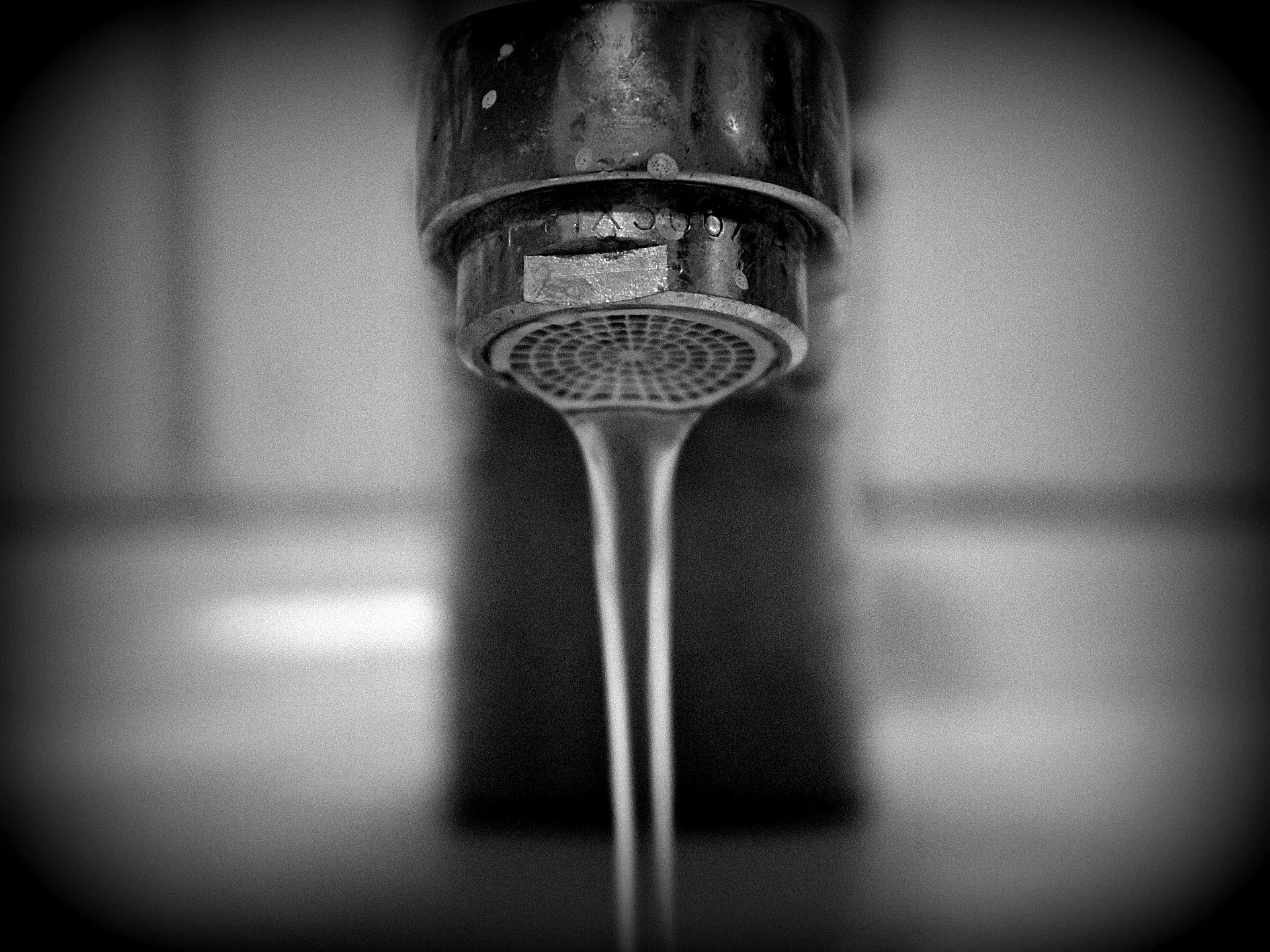PFAS in Water – What is it and how can I get rid of it?
Short story | Full story | Conclusion
- PFAS – the name for 4000+ forever toxic chemicals used in food and industrial technologies
- Biggest PFAS source – via our drinking water
- Linked to multiple health issues, including cancers and miscarriages
- Likely to be present in blood of most humans
- Environmental organisations demand Government action on water testing
- Talks of outright UK bans on PFAS chemicals as yet undetermined
- Effective removal of PFAS from your water through activated carbon filters and reverse osmosis filtration systems
PFAS “forever” chemicals are known to be highly dangerous to humans – even though our mains water supply is full of them. Used in food and industrial technologies, these chemicals are known to cause cancer, miscarriages and are likely to be present in almost every person’s blood supply. The UK Government has been slow to respond to calls for nationwide PFAS water testing. Environmental organisations, like Greenpeace and Chem Trust, say urgent action is required to prevent further exposure.
But whilst the Government delays, you don’t need to. SJ Water Softeners’ highly efficient activated carbon filters and reverse osmosis water filtration systems can eradicate PFAS from your water supply. For all enquiries, call SJ Water Softeners on 01243 607494 or via email: scott@sjbs.info

The full story
In recent days, we have been approached by a number of customers asking if it’s possible to remove PFAS from their water supply.
This is a hot topic at the current time and we thought the following information and advice about what PFAS is and what action would be beneficial to drastically reduce its presence in your drinking water.
What is PFAS?
Poly and Perfluoroalkyl substances – shortened to PFAS – is the collective name given to more than 4000 individual chemicals that have been used in food and industrial technologies for around 100 years. They accumulate in water, soil, animals and humans and are nicknamed “forever chemicals” because they never break down. Although we are exposed to these toxic chemicals in a variety of ways, the biggest source is via our drinking water.
What are the risks from PFAS?
Studies have linked the presence of PFAS in water to numerous health issues, including cancers and miscarriages. Worldwide, it’s thought that almost every human being has a level of PFAS contamination in their blood. The UK Environment Agency says PFAS is “ubiquitous in the environment”, especially in water, which means it is highly likely that most drinking water sources across the country will have been contaminated to some degree.
But, unlike the United States, where nationwide testing is taking place, so far our government is only making plans to understand the levels of PFAS pollution in drinking water.
Nevertheless, The Department for Environment, Food and Rural Affairs (Defra) says it takes “the risks posed by PFAS chemicals very seriously and is “developing its approach to managing risk from PFAS”. However, this falls short of actually testing drinking water. Consequently, the national press has recently been reporting that the UK Government has been ‘flying blind’ when it comes to testing levels of toxic chemicals in tap water, especially with regard to PFAS.
What are UK water companies doing about PFAS?
Meanwhile, water companies do not routinely test for PFAS. Instead, they are expected to “consider” just two restricted PFASs – PFOS and PFOA – in their risk assessments. Nevertheless, Defra says there haven’t been any notifiable events associated with elevated levels of PFOS or PFOA since 2005.
This has led Dr Paul Johnston from Greenpeace’s research laboratory at the University of Exeter to observe: “We’re literally flying blind on this as a nation,” adding that the government “had plenty of heads up on this from what has been going on in the US”.
He said: “It’s quite baffling why it hasn’t actually been done in a systematic way, if only to validate the risk assessments … you need to be able to back it up with real-world analysis.”
Dr Julie Schneider of the chemicals charity Chem Trust, also commented: “People have the right to know if the water from their tap is contaminated with these harmful chemicals. We urgently need a full assessment of PFAS contamination in drinking water in the UK.
Continuous exposure to PFAS may lead to long-term adverse health effects and drinking water is recognised as one of the main sources of our exposure to PFAS.”
Amongst EU countries, an outright ban on all non-essential uses of PFAS is under discussion but there are no signs that the UK intends to take the same tack.
“Every year of delay in regulating these chemicals means an increasing level of exposure, due to their extreme persistence and capacity to accumulate in the water and the wider environment,” said Dr Schneider.
How to remove PFAS from drinking water
So, in the absence of any Government-led initiative to ban PFAS from the water supply, what can you do?
Well, it isn’t all bad news. In fact, quite the opposite.
With the assistance of SJ Water Softeners, you can take affirmative action to remove PFAS from your water supply. These are the water treatment systems that we would recommend:
Activated Carbon Filters
If you want to remove PFAS from your tap drinking water, activated carbon filters can be extremely effective.
These types of filter absorb many contaminants commonly found in water, including lead, chlorine and PFAS. Since the activated carbon filters are highly porous with a large surface area, they are efficient at trapping many of these larger contaminants in the filter pores. The healthy, smaller water particles are then able to pass through. Carbon filters can be easily installed and, as long as they are regularly replaced (at least once a year), this should greatly improve the purity of your drinking water.
Reverse Osmosis Systems
A reverse osmosis filtration system is, without doubt, one of the most thorough types of water filtration on the market today and one that is a particular favourite of ours.
With the reverse osmosis process, water is forced at a high pressure through a semi-permeable membrane. The membrane consists of miniscule-sized pores and, whilst PFAS can vary in size, they are almost always far larger than these membrane pores, which stop them in their tracks, allowing the pure water to flow through the tap.
And here’s the thing. Whilst a reverse osmosis filter will typically greatly reduce PFAS by up to 90%, if there are any leftover contaminants, these will be released down the drain during the reverse osmosis process, ensuring the purest of water is available for drinking.
You may find you use a little more water during the reverse osmosis treatment – but we think this is a small price to pay for knowing that you can enjoy consuming the purest of drinking water, free from PFAS and other nasty chemical contaminants.
Conclusion
If you are concerned that you may be exposed to PFAS in your water supply, talk to SJ Water Softeners today about purifying your drinking water system, whether via the introduction of a carbon filter or reverse osmosis water treatment. We are one of the leading suppliers of water filtration and purification systems in the south of England, covering the counties of West Sussex, East Sussex, Hampshire and Surrey. For all enquiries, call SJ Water Softeners on 01243 607494 or via email: scott@sjbs.info
Here is some additional reading on the subject too.










